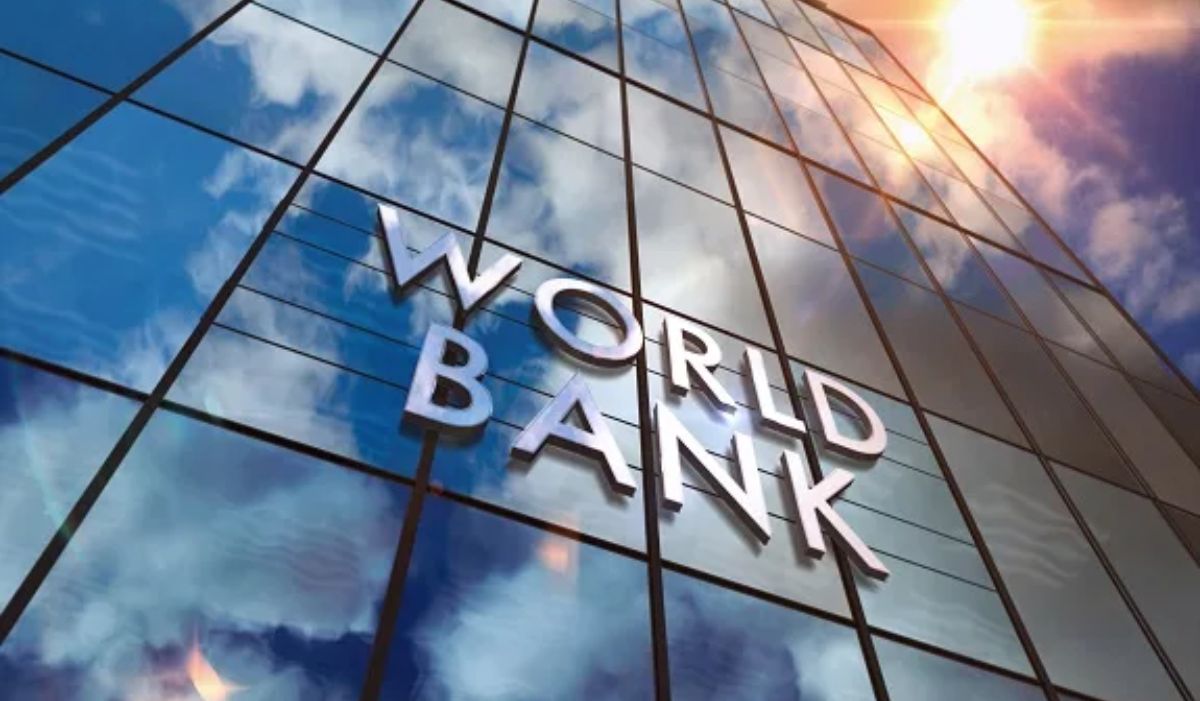World Bank: Global Growth to Slow Sharply in 2025

The World Bank has forecast a sharp decline in global economic growth for 2025, citing heightened trade conflicts and ongoing policy uncertainties.
The latest edition of its Global Economic Prospects report projects global growth at 2.3% for the year, nearly 0.5 percentage points lower than initial estimates.
The report, released on Tuesday via the Bank’s Online Media Briefing Centre, indicated that, if realised, the 2025 forecast would represent the weakest pace of expansion outside of a global recession since 2008.
“The turmoil has resulted in growth forecasts being cut in nearly 70 percent of all economies, across all regions and income groups,” the report states.
Despite the dim outlook, the institution does not foresee a global recession. However, if current trends continue, the average annual global growth rate for the 2020s could become the slowest for any decade since the 1960s.
World Bank Chief Economist and Senior Vice President for Development Economics, Indermit Gill, warned that many developing countries are experiencing stagnation.
“Outside of Asia, the developing world is becoming a development-free zone. It has been advertising itself for more than a decade,” he said.
Gill further highlighted a troubling pattern: growth rates in developing economies have consistently declined—from 6% annually in the 2000s, to 5% in the 2010s, and below 4% in the current decade. This decline parallels the weakening of global trade and investment growth, alongside a surge in debt levels.
The report estimates that nearly 60% of developing nations will see slower growth in 2025, with average GDP expansion dipping to 3.8%, and inching up to just 3.9% in 2026 and 2027—more than a full percentage point below the average in the 2010s.
“Growth in low-income countries is expected to reach 5.3% in 2025, a 0.4 percentage point downgrade from earlier forecasts.
Tariff hikes and tight labour markets are expected to keep global inflation elevated, with a projected average of 2.9% in 2025—still above pre-pandemic levels.”
According to the report, such a tepid pace of expansion will hamper job creation, poverty alleviation, and efforts to close the income gap between developing and advanced economies.
“Per capita income growth in these economies is forecast at 2.9% in 2025, 1.1 percentage points below the 2000–2019 average.
Assuming developing countries (excluding China) maintain a GDP growth rate of 4% through 2027, it would take them about two decades to return to their pre-pandemic growth trajectory.”
Nevertheless, the Bank noted that global output could improve if major economies work to de-escalate trade tensions. A partial resolution of trade disputes and a reduction in tariffs could raise global GDP growth by an estimated 0.2 percentage points over 2025 and 2026.
To withstand mounting economic headwinds, the Bank advised emerging economies to pursue trade diversification, form strategic alliances, and engage in regional agreements.
Governments are also urged to strengthen domestic revenue mobilization, direct public spending toward vulnerable populations, and implement prudent fiscal policies.
The report concluded with a call for international collaboration to help the most at-risk economies through initiatives such as concessional lending, debt relief, and targeted support.




